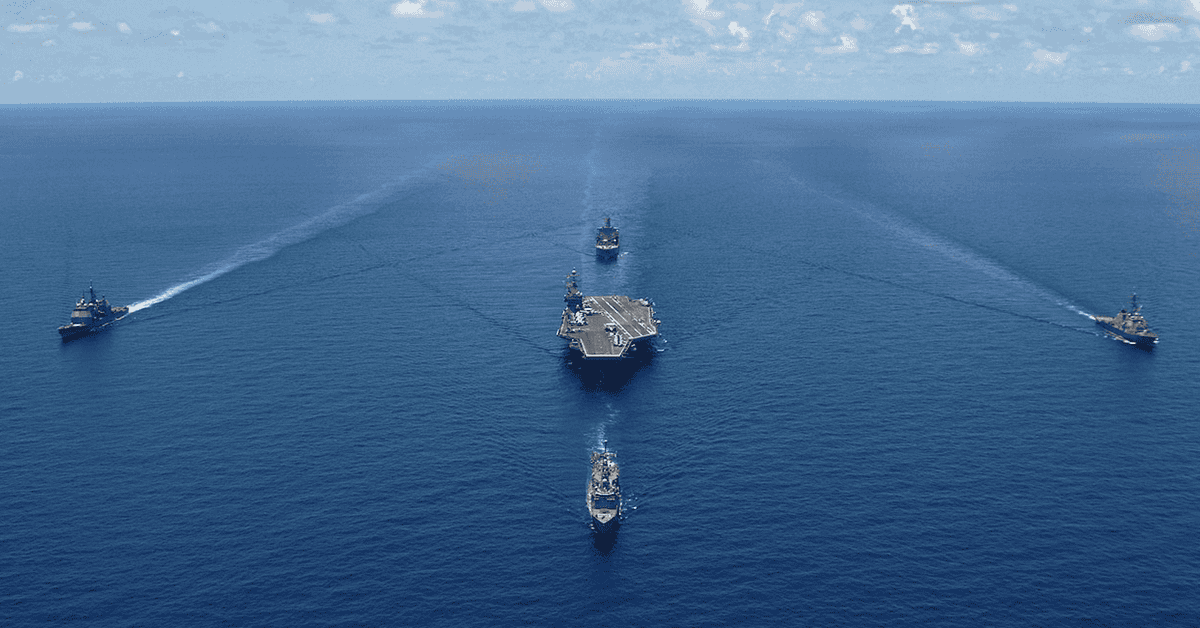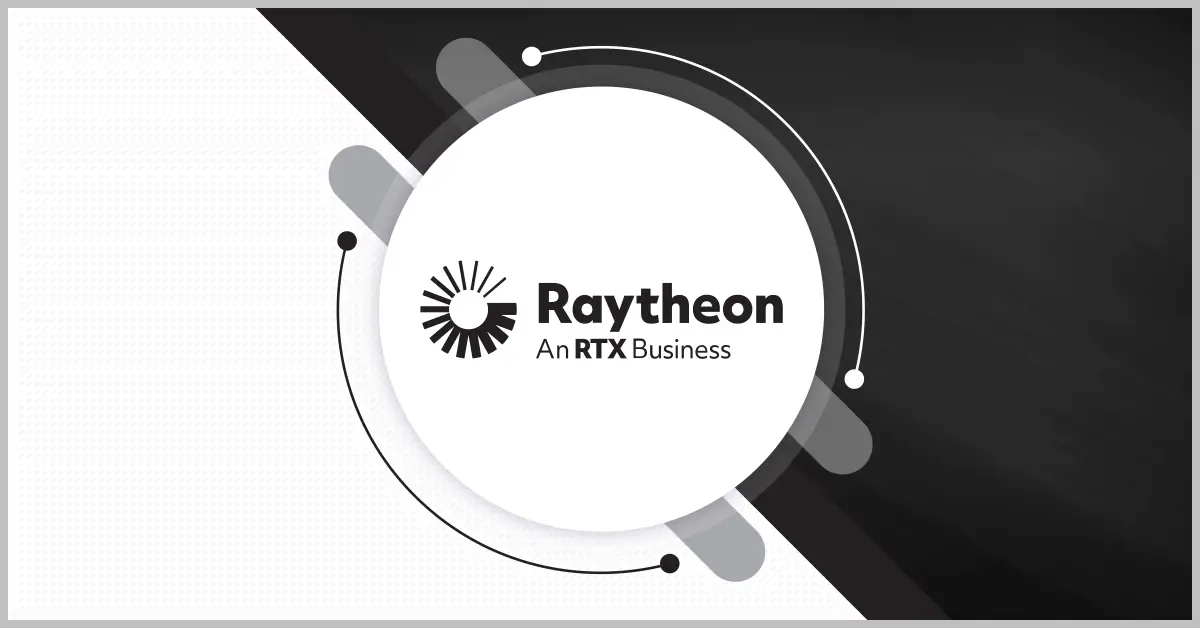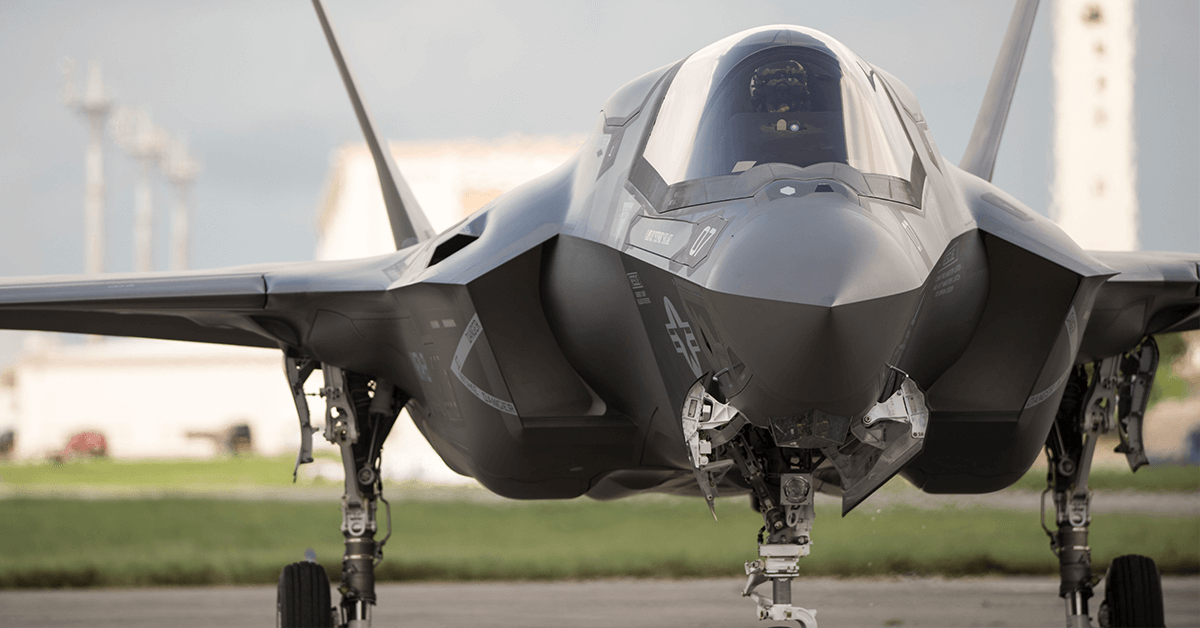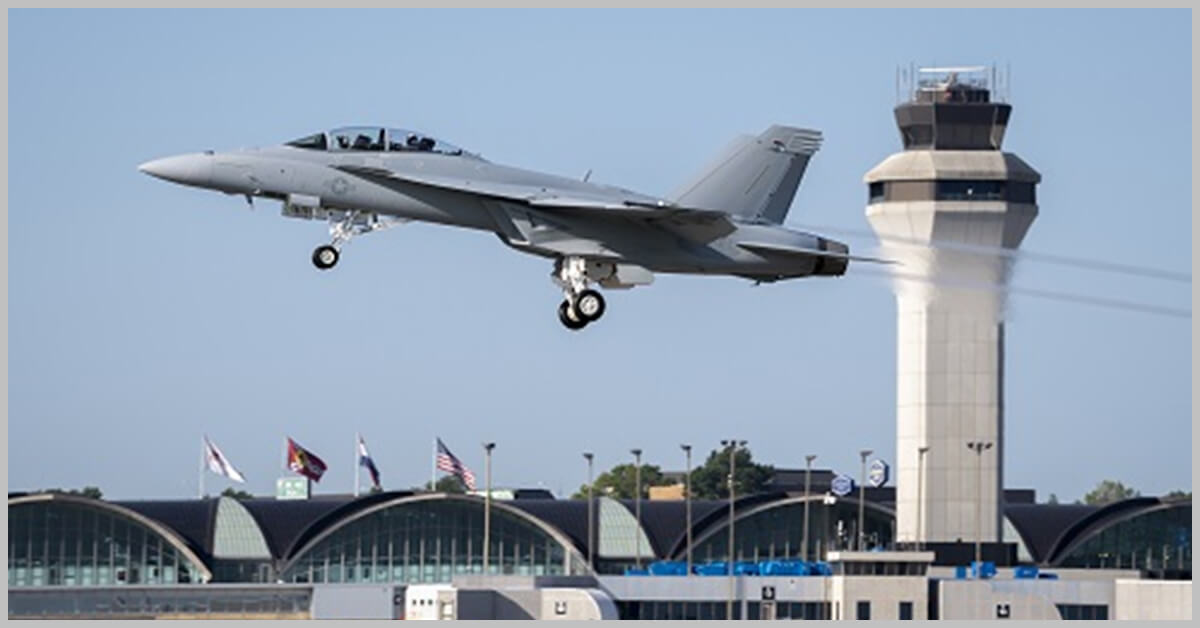The great power competition has been steadily intensifying over the past couple of decades and now, U.S. defense leaders are preparing for a potential future fight with its peer competitors in the Indo-Pacific region. The U.S. Navy will play a critical role in deterring adversaries and overcoming the tyranny of distance in this key geographical area, but are they ready?
Top Navy leaders, innovators and decision makers answer this and other timely questions at the Potomac Officers Club’s 2023 Annual Navy Summit on June 21. Don’t miss this exclusive opportunity to learn from and build relationships with government and industry executives in person. Register here to secure your spot.
With 340 warships, the People’s Liberation Army Navy of China is the world’s largest. In the 2022 China Military Power Report, the Department of Defense called it “an increasingly modern and flexible force.” By comparison, the U.S. Navy has a force of 292 vessels.
To multiply its force and solve its power projection dilemma in what defense leaders are calling a “decisive decade,” the Navy is turning to unmanned and autonomous vessels powered by a combination of artificial intelligence and human operators.
In 2021, the Navy stood up an Unmanned Task Force to provide oversight for and accelerate the service’s efforts related to unmanned systems. Michael Stewart, executive director of the Navy’s Unmanned Task Force, said it uses a “venture capital-like method” to identify relevant technologies for experimentation, investment and deployment by the warfighter.
“I wanted to make sure that whatever the requirement was, you could trace it right back to the National Defense Strategy, the Joint Warfighting Concept, the CNO Navigation Plan and the Commandant’s Planning Guidance. We wanted to make sure we were solving a problem the warfighter actually cared about,” explained Stewart, a panelist at POC’s upcoming Navy Summit.
On May 1, 2023, the Navy tested a combination of manned and unmanned sea and air capabilities in the Pacific region through an Integrated Battle Problem 23.1 demonstration. According to the service branch, “The capabilities of these integrated manned and unmanned systems enhance stability in the Indo-Pacific and contribute to regional maritime security, which is vital to the interests of the United States and its allies and partners.”
This demonstration aligns with a Navigation Plan outlined by Chief of Naval Operations Admiral Michael Gilday, which calls for a fleet of 373 manned ships and 150 uncrewed vessels. This plan would greatly increase the United States’ deployable naval force in the Indo-Pacific, where the service branch has struggled to maintain a robust presence.
For example, the Navy has 20 commissioned Virginia-class submarines, which are seen as essential components in elevating the country’s military capabilities over China’s, but only six have been sent to Pacific ports, Defense News reported.
What does the Navy need to be doing and focusing on to ready its fleet for the future Indo-Pacific fight? Join the Potomac Officers Club’s 2023 Annual Navy Summit to find out. Register here for this can’t-miss June 21 event.









